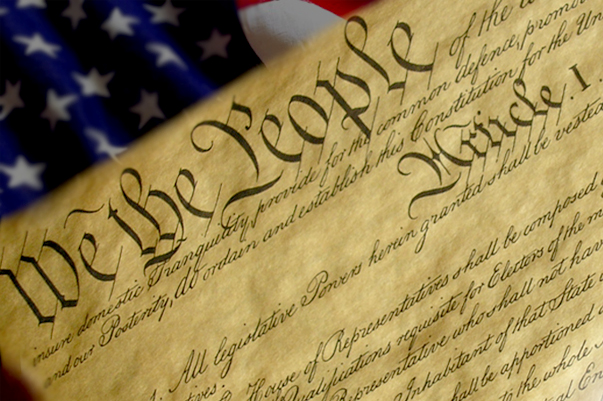
As a master’s candidate, this is my first time teaching, and also my cooperating teacher’s first time taking on a student teacher. My thanks to him. As one of the first lesson plans, this is almost all him. It is part of a series the PLC has developed to give students an understanding of historical methodology. What basic concepts do they need to understand before jumping into actual analysis of historical events and documents? By comprehending and applying the ideas of context, perspective, and bias, students understand the basic thrust of historical research. They are detectives, actively analyzing and interpreting sources. They will simply be handed the “truth”.
Unit Learning Targets:
Analyze in writing the central ideas and supporting information of a primary and a secondary source.
Describe how historians write accounts of the past.
Explain how geographers examine the connection between place and societies.
Content:
To define and understand the application of context, perspective and bias in relation to historical documents. Also, we hope to make personal connections between these terms and the way in which they manifest in real life. These three terms are central to historical analysis. They allow the reader to interrogate sources, getting specific background information that will help them dialogue with the text. If they can ask the question, what was the perspective of the author, they already have a means by which to qualify the text.
Process:
We will begin the class with a short PowerPoint that both define and ask for examples of context, perspective, and bias. The most important part of this is providing examples that correlate with student’s lives and contextualizing the
After completing the PowerPoint, the students will watch a video titled “Happiness Balloons.” The point of this video is to emphasize how, even though the people of Butan have much less than the average American, they are much happier. It is just a matter of perspective.
If there is time, the students will complete a LSA (Left Side Activity). This activity is meant to help the students make connections with the notes they took on the lesson. They will complete a Fraer model style of definitions.
Product:
Left Side Assignment: In the left hand side of their notebooks, the students will create a Fraer style diagram. Although I do not know the specifics my CT will use, a general model asks the students to define, provide examples, and make connections with the vocabulary words. He provides specific LSA activities for the first few weeks as a model for the students. After enough practice, they will choose their own.
Evaluation:
The Left Side Assignment also functions as an evaluation. When Ben collects and grades the notebooks, he will see the note taking on the right side and the connections on the left side. This way, the students create a product directly after the lesson as well as creating an evaluation the teacher will read to check for comprehension.
The students do not have much choice over the lesson, product, or evaluation. Because it is still early in the semester, I believe my CT wants to focus on modeling. I will address the question of allowing students to choose the way the model once they successfully practice the skill of making connections.
As a reflection, I would like to comment on is what I have learned from my CT thus far. It is only my second week and I find myself critiquing my own words and actions, as well as recognizing good strategies that he has used. I am learning to slow down and provide students with time to respond. I am learning to moderate my own ideas, and value their thoughts instead. I am looking forward to the following school year and am very glad with the opportunity I have with him and my cohort at University of Portland.
